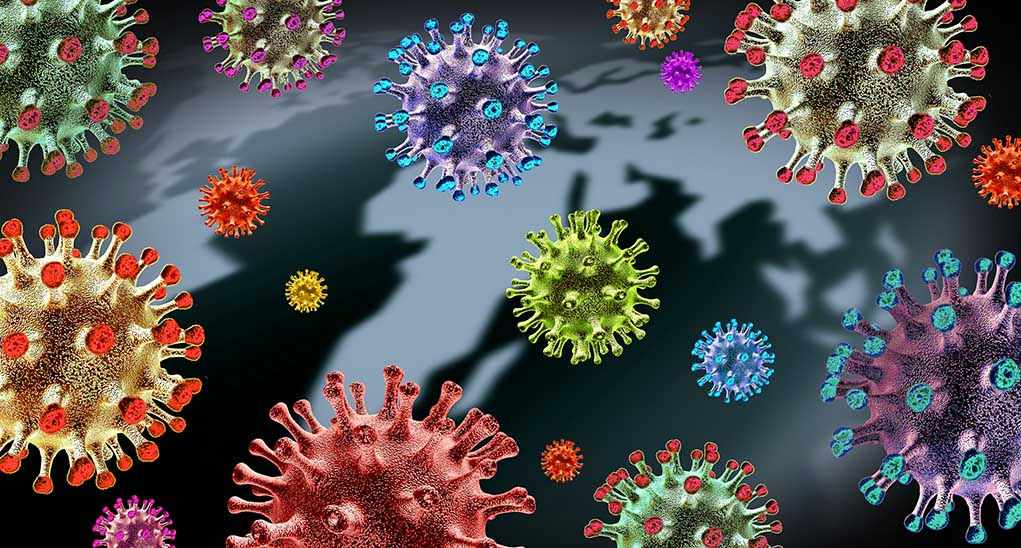
China’s aggressive use of drones, forced quarantines, and sweeping penalties during a massive mosquito-borne virus outbreak has reignited global debate over government overreach and individual liberties.
Story Snapshot
- China confronts its largest-ever chikungunya outbreak, with over 7,000 cases concentrated in Guangdong.
- Authorities deploy drones, enforce quarantines, and impose strict penalties reminiscent of COVID-era controls.
- International travel advisories warn Americans and others to avoid the region due to public health risks.
- The outbreak exposes tensions between rapid crisis response and fundamental civil liberties.
China’s Chikungunya Outbreak: Scale and Response
In the summer of 2025, China’s Guangdong Province faced an unprecedented public health crisis as chikungunya, a mosquito-borne viral disease, swept through densely populated urban centers. Over 7,000 cases were confirmed by early August, with the epicenter in Foshan City near Hong Kong. The Chinese authorities responded with forceful and innovative measures, including the deployment of drones to detect and destroy mosquito breeding sites, widespread insecticide spraying, and the enforcement of strict quarantine protocols.
These actions were backed by tough penalties for non-compliance, such as fines and even electricity cut-offs for residents who failed to eliminate standing water or otherwise cooperate with vector control efforts. The scale and speed of the outbreak and China’s response have drawn international attention, prompting travel advisories from the U.S. and other nations. The aggressive tactics have also revived memories of the controversial COVID-19 lockdowns, with many observers questioning the balance between effective disease control and respect for individual rights.
Background: Why Guangdong Is Vulnerable
Chikungunya, first identified in Africa in the 1950s, is spread by Aedes mosquitoes—the same vectors responsible for dengue. China’s first imported chikungunya case was reported in 2008, but previous outbreaks were relatively minor. Guangdong’s subtropical climate, urban density, and role as a major manufacturing and transport hub have made the region especially susceptible to mosquito-borne diseases. Increased international travel and trade have facilitated the introduction and spread of such viruses, turning local outbreaks into major public health emergencies. Prior dengue flare-ups in the province had already exposed persistent challenges in vector control, but the scale of the current crisis has forced authorities to escalate their response dramatically.
Public health officials have emphasized the need for rapid, coordinated action, citing the province’s vulnerability due to climate, urbanization, and population density. However, the forceful nature of China’s intervention—combining advanced technology with strict social control—has sparked debate, especially as international observers compare these tactics to those rejected in many Western democracies.
Enforcement Measures and Civil Liberties Concerns
Chinese authorities have not hesitated to use punitive measures to enforce compliance. Residents in affected districts have faced fines and threats of electricity shutoffs if they fail to comply with mosquito control mandates. Large-scale insecticide spraying has been carried out in both public and private spaces, while drones patrol neighborhoods to identify potential breeding grounds. Health officials argue that these actions are essential to prevent further spread and economic disruption, but such measures have been criticized for their heavy-handedness and lack of transparency.
While some international public health experts have praised the rapid deployment of new technologies, others warn that the erosion of civil liberties—such as forced quarantine or intrusive surveillance—sets a dangerous precedent. These tactics reflect a centralized, top-down approach to crisis management, reminiscent of China’s COVID-era enforcement, and stand in stark contrast to American principles of individual freedom and limited government. The outbreak has not only strained local hospitals and businesses but also fueled anxiety and compliance fatigue among the population.
Broader Implications and Lessons for the West
The Guangdong outbreak highlights the global challenge of controlling mosquito-borne diseases in the modern era, especially as urbanization and international travel accelerate risk. For American policymakers and citizens, the situation in China serves as a potent reminder of the dangers inherent in unchecked government power during times of crisis. While rapid action is critical to containing epidemics, the Chinese model—marked by forced compliance and sweeping surveillance—raises fundamental questions about the cost to personal liberty and the rule of law.
Why is it all these weird viruses are always popping up in China first? 🤔😒
Mosquito-borne virus spreading through China causes high fever, joint painhttps://t.co/vxsP5UkXyb
— Get Savage (@Doc_Savage72) August 7, 2025
As the number of new cases begins to decline, the debate over China’s approach is far from settled. The experience underscores the need for robust public health preparedness that respects constitutional rights and conservative values—defending both the nation’s health and its foundational liberties, even in the face of unprecedented threats from abroad.
Sources:
China CDC Weekly. “Chikungunya Fever Outbreak in Foshan City, Guangdong Province, China, July 2025.”
1News. “China tackles chikungunya virus outbreak as thousands fall ill.”
ABC News. “China tackles chikungunya virus outbreak as thousands fall ill.”
ABC News. “What to know about chikungunya virus amid new outbreak in China.”
CBS News. “U.S. warns travelers about chikungunya virus, spread by mosquito bites, in China.”











